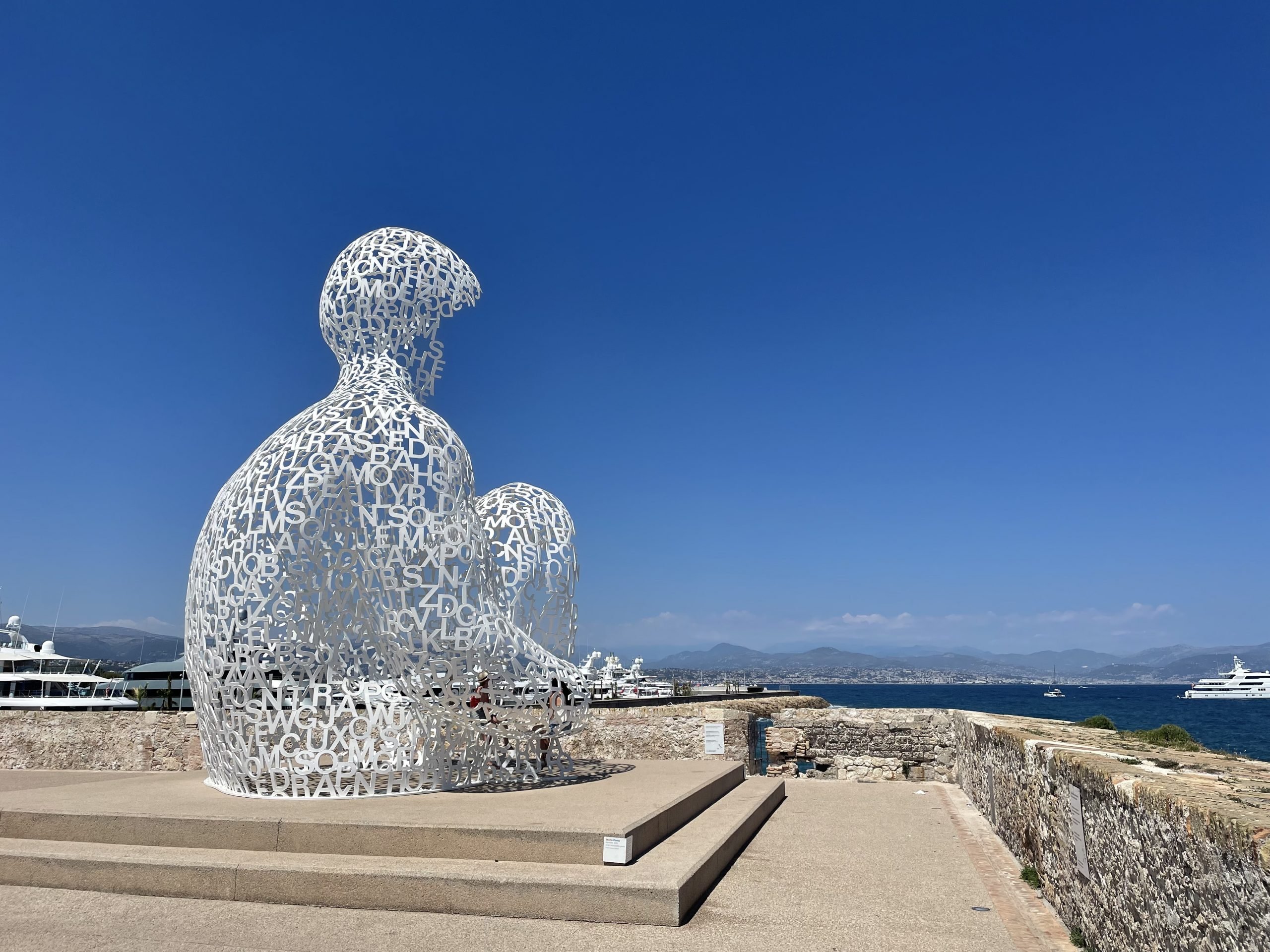
Art lovers have a prime chance to get to know the work of Catalan artist Jaume Plensa this summer, in two exhibitions in two distinctive European holiday destinations.
First, head up to Yorkshire Sculpture Park in northern England, where the exhibition “In small places, close to home,” is taking place. Plensa is no stranger to the stunning 500-acre site founded in 1977: he held an exhibition here in 2011, and hosts two of his works permanently—including the serene, 23-foot tall sculpture Wilsis (2016), situated by the shore of the lake in the park. But rather than the monumental outdoor sculptures for which he is famous, this new solo exhibition, which runs through October 30, focuses on the artist’s drawing practice.
“Drawing is an incredible laboratory where you can develop intuitions—I feel much more free than when I am working with sculpture. Drawing is a place for freedom,” said the artist, born in Barcelona in 1955, on the importance of drawing in his artistic practice.
Spanning two locations within the park, the show features new works in addition to drawings from the archive. In the park’s Weston Gallery, Face (2008), a series of portraits drawing from the artist’s collection of old anthropology and geography books, is accompanied by excerpts from the Universal Declaration of Human Rights—”the most beautiful poem in the world,” according to the artist. Also on view for the first time is a group of 28 drawings titled April is the Cruellest Month (2020–21), created during the Covid lockdown and charting humans’ collective psychological reactions around the pandemic’s uncertainties.
The exhibition continues in the 18th-century chapel nearby, where two calm marble sculptures of girls’ heads with closed eyes are installed in the middle of the hall, in dialogue with 16 large-scale drawings of unknown faces from the series Anònims (2003), as if they were a community of souls gathering together in the meditative space, which is guarded by the 13-foot tall White Nomade (2021) erected outside the chapel.
Meanwhile, the Musée Picasso in Antibes—on the magnificent coast of southeastern France—is hosting exhibition “La lumière veille” (“The Veil Light”) through September 25.
Timed to the 10th anniversary of the installation of the artist’s monumental sculpture Nomade (2010) (a much larger version than the newly installed piece at Yorkshire Sculpture Park) on the terrace of the bastion Saint-Jaume, which has become a local landmark, the new museum show takes a deep dive into Plensa’s artistic practice. It brings together some 90 works created between 1982 and 2022. These rare drawings reveal Plensa’s artistic evolution, as well as his attachment to the use of alphabets and characters from different cultures and the depth of human psyche, which set the stage for the development of the sculptures that he is best known for today.
View the highlights of the two Plensa shows below:
“In small places, close to home,” Yorkshire Sculpture Park
Jaume Plensa, 2022. Photo © Jonty Wilde, courtesy Yorkshire Sculpture Park.
Installation view of Jaume Plensa, “In small places, close to home,” at Yorkshire Sculpture Park, 2022. Photo © Jonty Wilde courtesy Yorkshire Sculpture Park.
Jaume Plensa, Face II (2008). Courtesy the artist. Photo Gasull Fotografia © Plensa Studio Barcelona.
Installation view of Jaume Plensa, “In small places, close to home,” at Yorkshire Sculpture Park, 2022. Photo © Jonty Wilde courtesy Yorkshire Sculpture Park.
“La lumiére veille,” Musée Picasso, Antibes
Installation view of Jaume Plensa, “La lumière veille,” at Musée Picasso Antibes, 2022. Photo: François Fernandez.
Jaume Plensa, Aire (1988). Photo: Leopold Samsó @ Plensa Studio Barcelona © Adagp, Paris, 2022. Courtesy the artist and Musée Picasso, Antibes.
Jaume Plensa, Full Moon (2018). Photo: Gasull Fotografia @ Plensa Studio Barcelona
© Adagp, Paris, 2022. Courtesy the artist and Musée Picasso, Antibes.
Jaume Plensa, Shadow study LXVI (2011). Photo: Gasull Fotografia @ Plensa Studio Barcelona © Adagp, Paris, 2022. Courtesy the artist and Musée Picasso, Antibes.
Jaume Plensa, Orphans (2005). Photo: Gasull Fotografia @ Plensa Studio Barcelona
© Adagp, Paris, 2022. Courtesy the artist and Musée Picasso, Antibes.